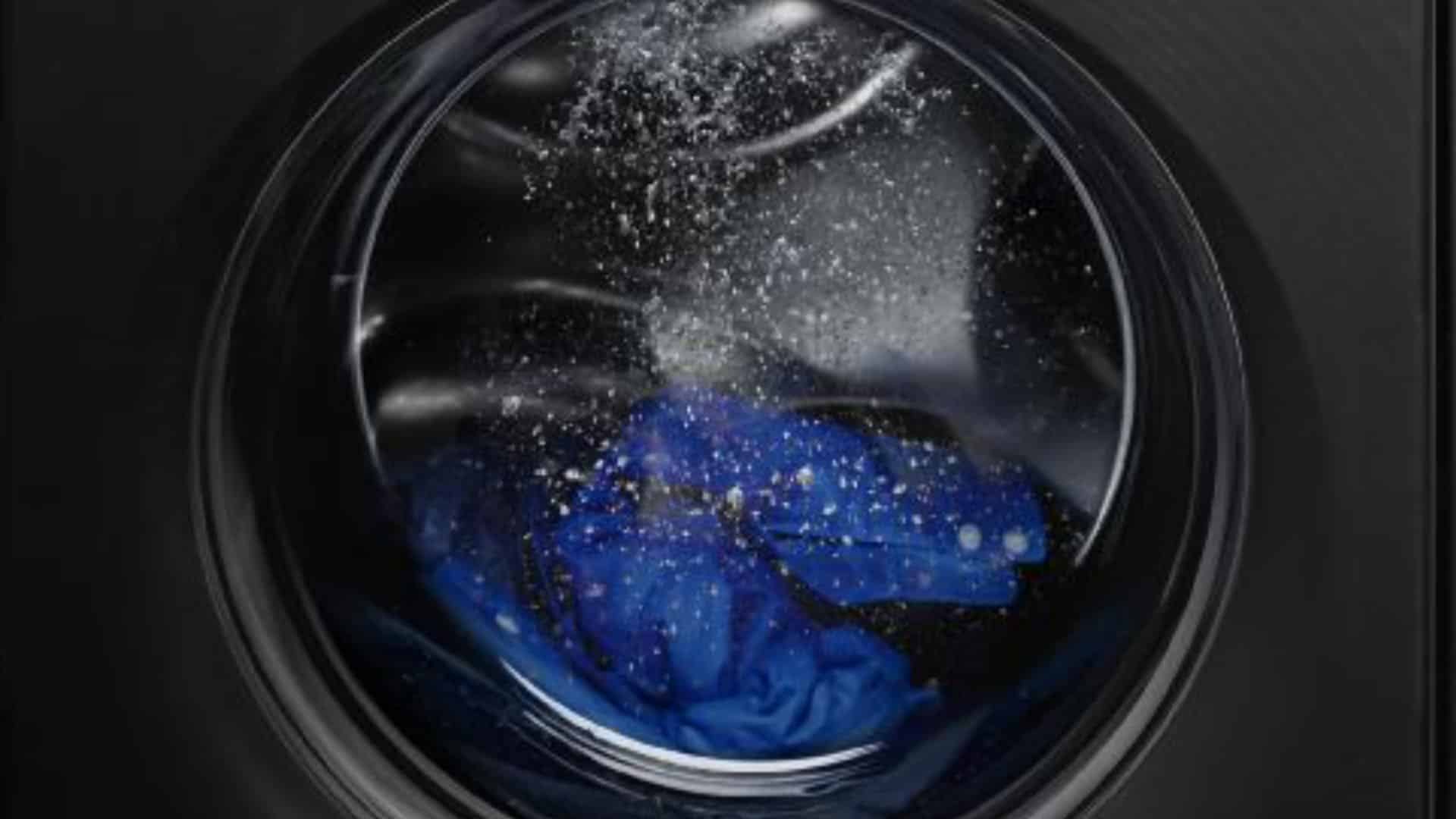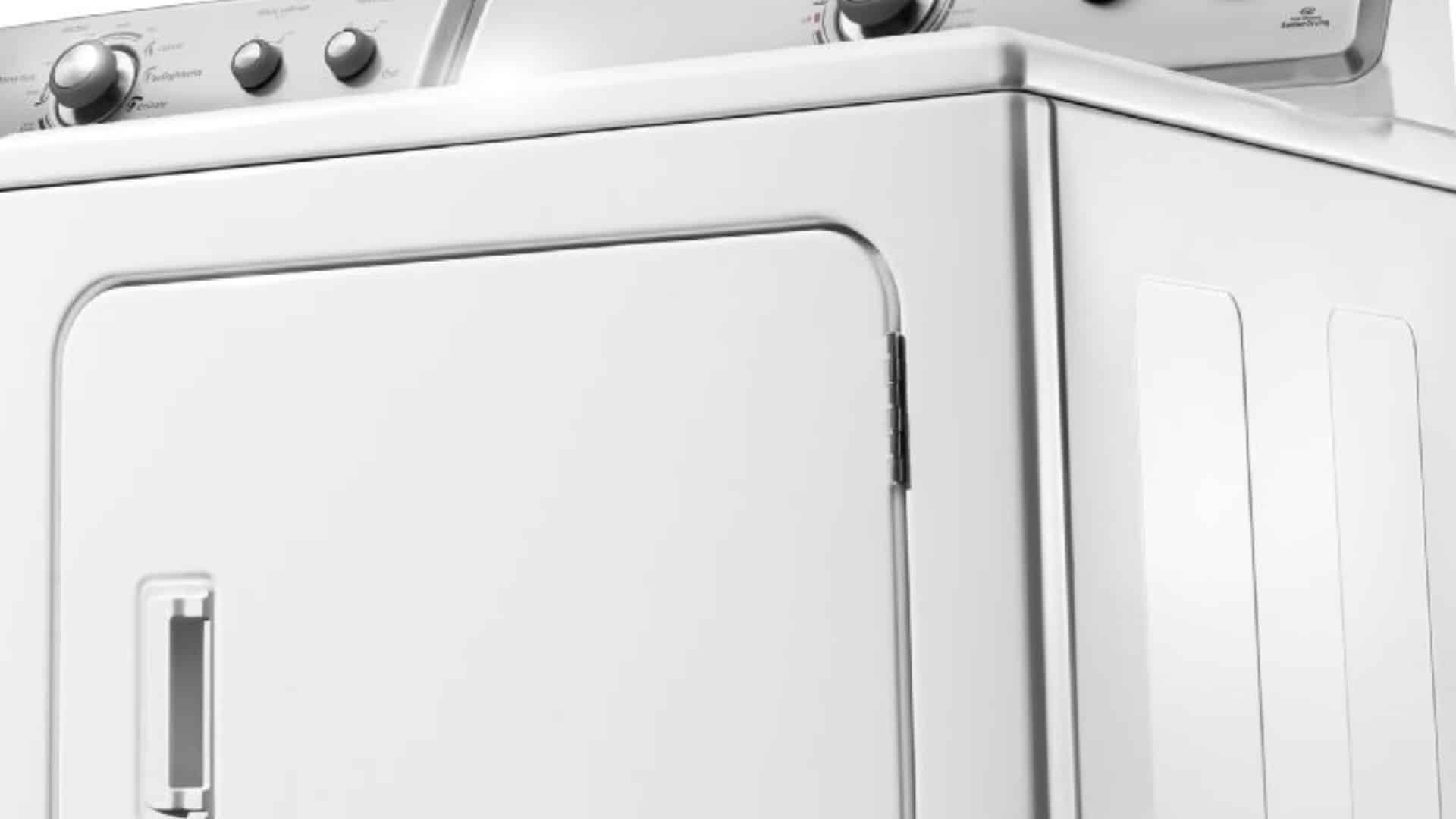
Dryers tend to be some of the most reliable home appliances – it can even seem like they last forever! Unfortunately, they do become less efficient over time, and sometimes it is more cost-effective to replace your dryer rather than fix it. Here, we outline some signs that it’s time to replace your dryer and list some things to look for in your replacement.
To Replace or Repair?
While there’s no hard and fast rule about when you should replace a dryer and when you should repair it, there are a few things to watch out for.
Age
The average lifespan of a dryer is between 10 and 15 years. While there is no need to rush out and buy a new dryer just because it’s passed this threshold, it’s something to consider. If an older dryer starts to have issues, it’s likely to be a better idea to replace it rather than repair it, as the older a dryer gets, the more prone it is to further problems.
It’s also worthwhile to remember that technology is constantly changing and updating. If your dryer is 15 years old, it probably is not nearly as energy efficient as a modern dryer, so replacing it will offer benefits when it comes to performance and energy efficiency. Newer dryers are also more likely to have useful features, such as moisture sensors and WiFi integration, which some people find helpful.
Performance
The whole point of dryers is to dry your clothes, so if yours isn’t achieving that result, it might be time to look at a replacement!
If your dryer is taking longer to dry your laundry than it used to, first eliminate these common, easy-to-fix issues before you consider replacement:
Clogged Lint Filter
Lint filters should be cleaned after every load, but it’s easy to forget! A dryer with a clogged lint filter won’t dry effectively, so check your filter if you notice a decrease in performance.
Blocked Vent Line
Over time, the vent line of your dryer can get blocked with lint, which can impede airflow, causing your dryer to take much longer. You can remove the vent pipe and check it for obstructions – if you find it is clogged, you can clear it with a long brush or a vacuum cleaner. Clearing this clog should improve your dryer’s performance significantly.
Incorrect Settings
Dryer settings can accidentally get changed, so make sure you’re not drying a heavy load on a delicate setting or something similar!
Overloaded Machine
Overloading your dryer reduces airflow, meaning your clothes will take longer to dry. Make sure you check your dryer manual for the recommended load size.
Difficult-to-Fix Issues
There are some more difficult-to-fix issues that may be worth fixing if your dryer is otherwise in good condition. These include issues with the thermostat, heating element, and thermal fuse. If you suspect one of these issues, do a cost analysis of the replacement and compare it to the cost of a new dryer.
A general rule of thumb is that you shouldn’t spend more than 50% of the cost of a new dryer on repairs, but if your dryer is older than ten years, even 50% may not be worthwhile.
Noise
A noisy dryer usually indicates your dryer needs repairs. While some of these can be easy fixes, sometimes it can indicate that a dryer is coming to the end of its life. As mentioned before, assess the cost of the repairs against the potential cost of a new dryer, and consider your dryer’s age before you decide to repair or replace it.
Here are some common causes of a noisy dryer:
Worn Drum Bearings
Over time, the bearings or rollers that support the drum can wear out, which can cause a scraping noise. This is generally not too expensive of a fix, so if your dryer is in otherwise good condition, replacing the bearings instead of the whole dryer is worthwhile.
Worn Dryer Belt
The belt supports and turns the drum, and it can become worn, stretched, or frayed with time, leading to noisy dryer cycles. Again, this is not too expensive to fix, so it makes sense to look into replacing the part rather than the whole machine.
Motor Issue
An issue with the motor is more complex to replace and is more likely to require a professional. If the motor is worn out, replacing the whole dryer is generally recommended, but you can try replacing it yourself if you prefer.
Worn Idler Pulley
The idler pulley keeps tension on the drum belt. Again, this is a relatively cheap fix, so if your dryer is not too old and works well in other ways, you can try getting a new part online instead of buying a new dryer.
Frequency of Repairs
If you’re finding that something is going wrong with your dryer every few months, that’s a sign it is time to say goodbye and replace it with a new one! Count up the cost of everything you’ve spent repairing your dryer in the course of its life span – if it’s getting up close to 50% of the cost of replacement, you’ll be better off getting a new machine.
Energy Bills
Newer dryers are more energy efficient, and with the rising cost of electricity, this can be quite an important consideration. If your dryer is taking longer to dry your clothes and you’ve noticed that your power bills are higher, look into replacing it with a more energy-efficient machine – the future savings will be worth it, particularly if you use your dryer frequently.
What to Look for in a New Dryer
If you do decide to replace your dryer, here are some things to look for in your new appliance:
- Make sure it suits your needs – think about your average load size and choose a dryer the right size to accommodate it.
- If you’re worried about your utility bills, consider an energy-efficient model. These dryers can be a little more expensive but are worth it in the long run due to the savings.
- Look for features that suit your lifestyle, like moisture sensors, digital displays, and timed cycles.
- Look at reviews to find out which brands are the most reliable.
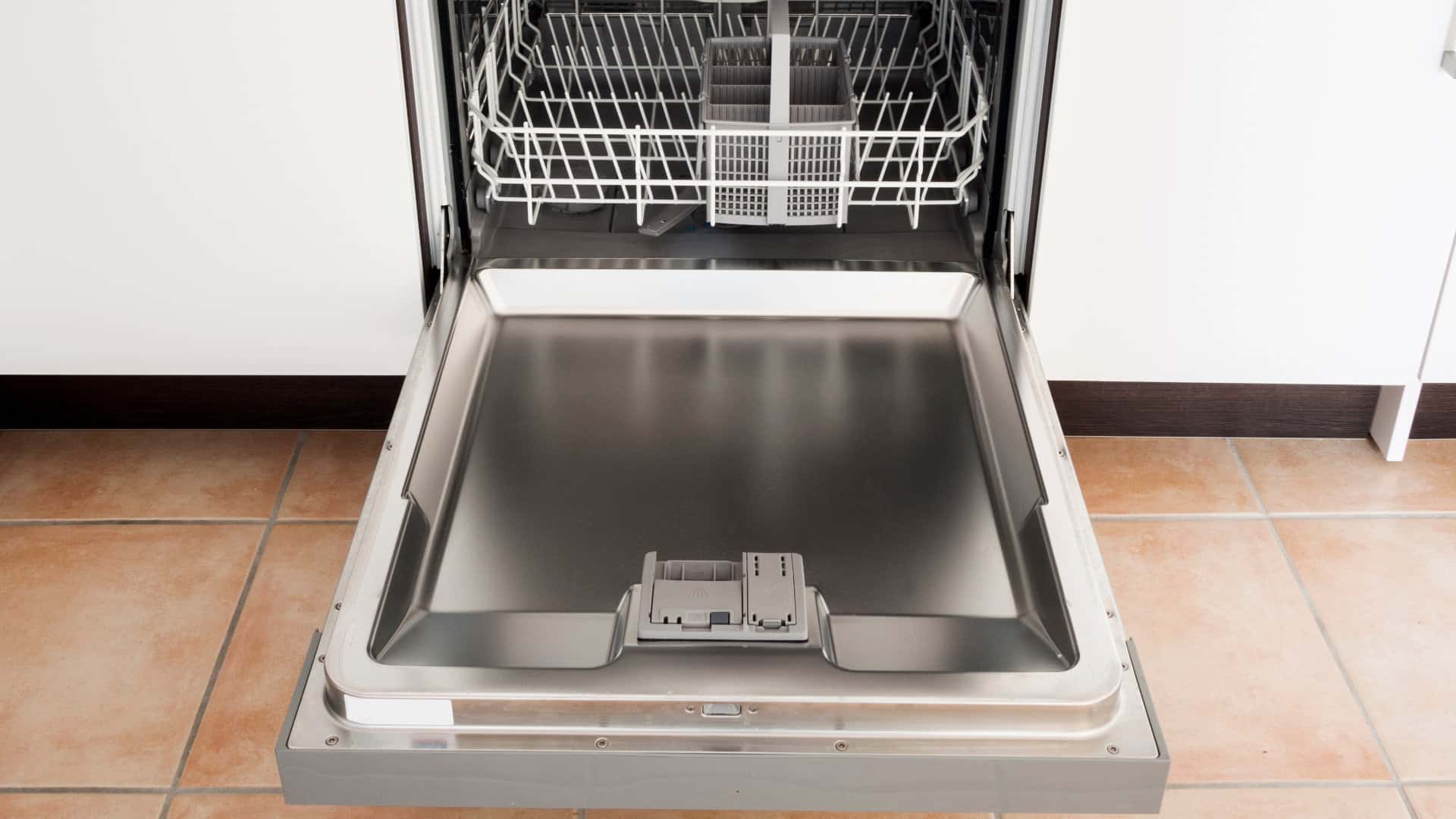
How to Resolve the Bosch Dishwasher E15 Error Code
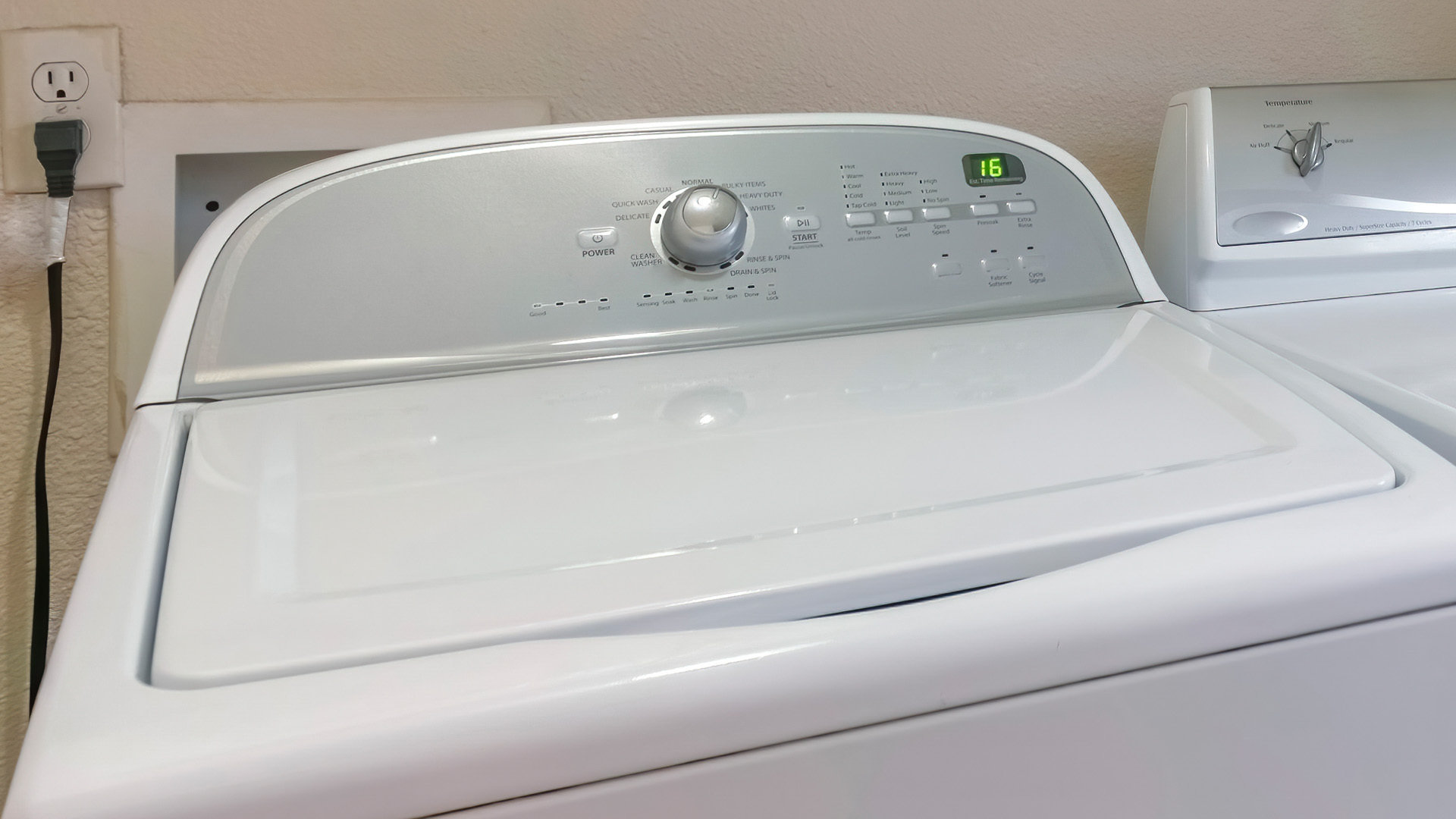
How to Balance a Washing Machine (5 Quick Tips)
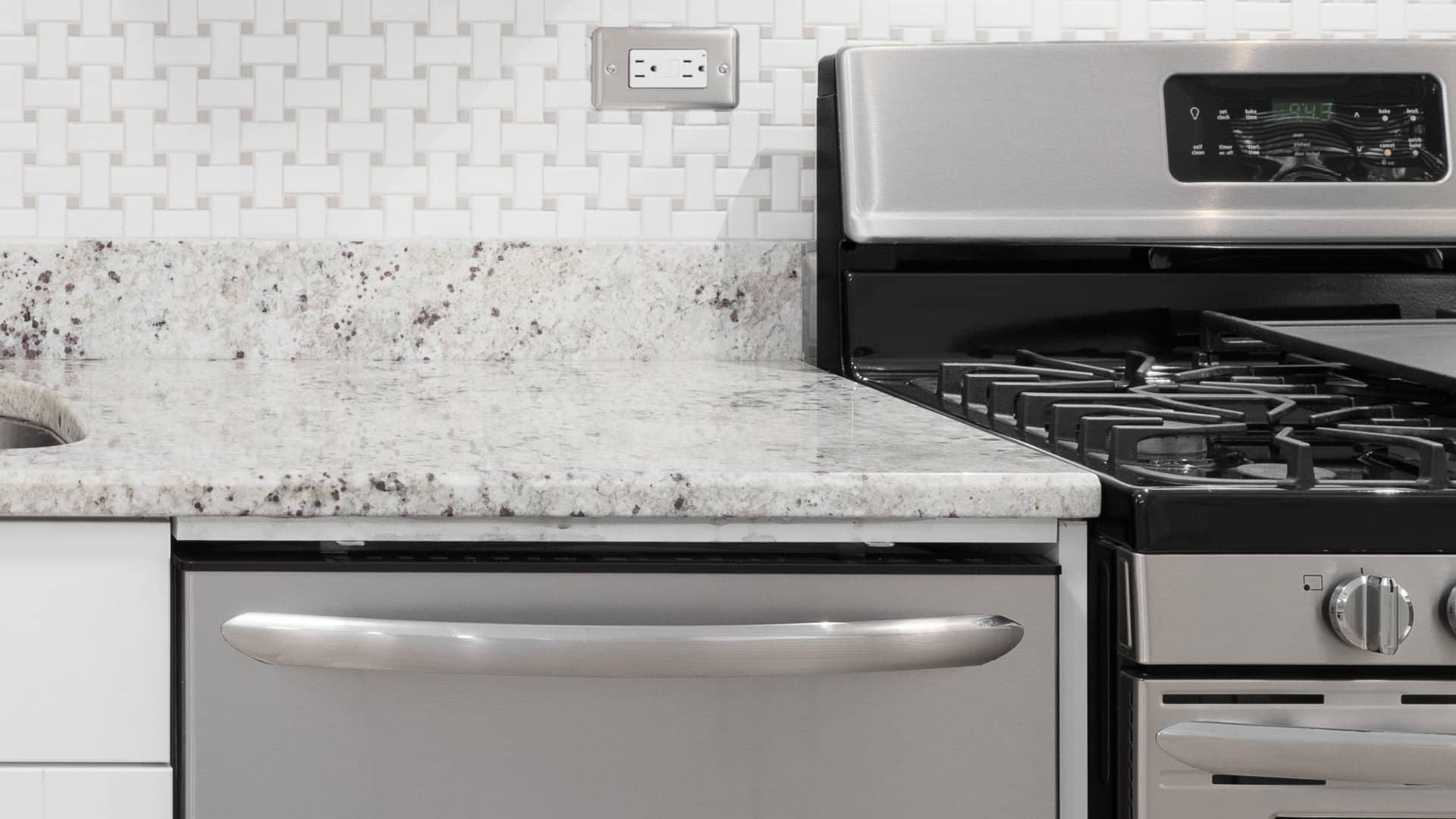
Solutions for a Frigidaire Gas Stove Oven Failure

How to Fix a GE Ice Maker Not Working (Quick Fixes)
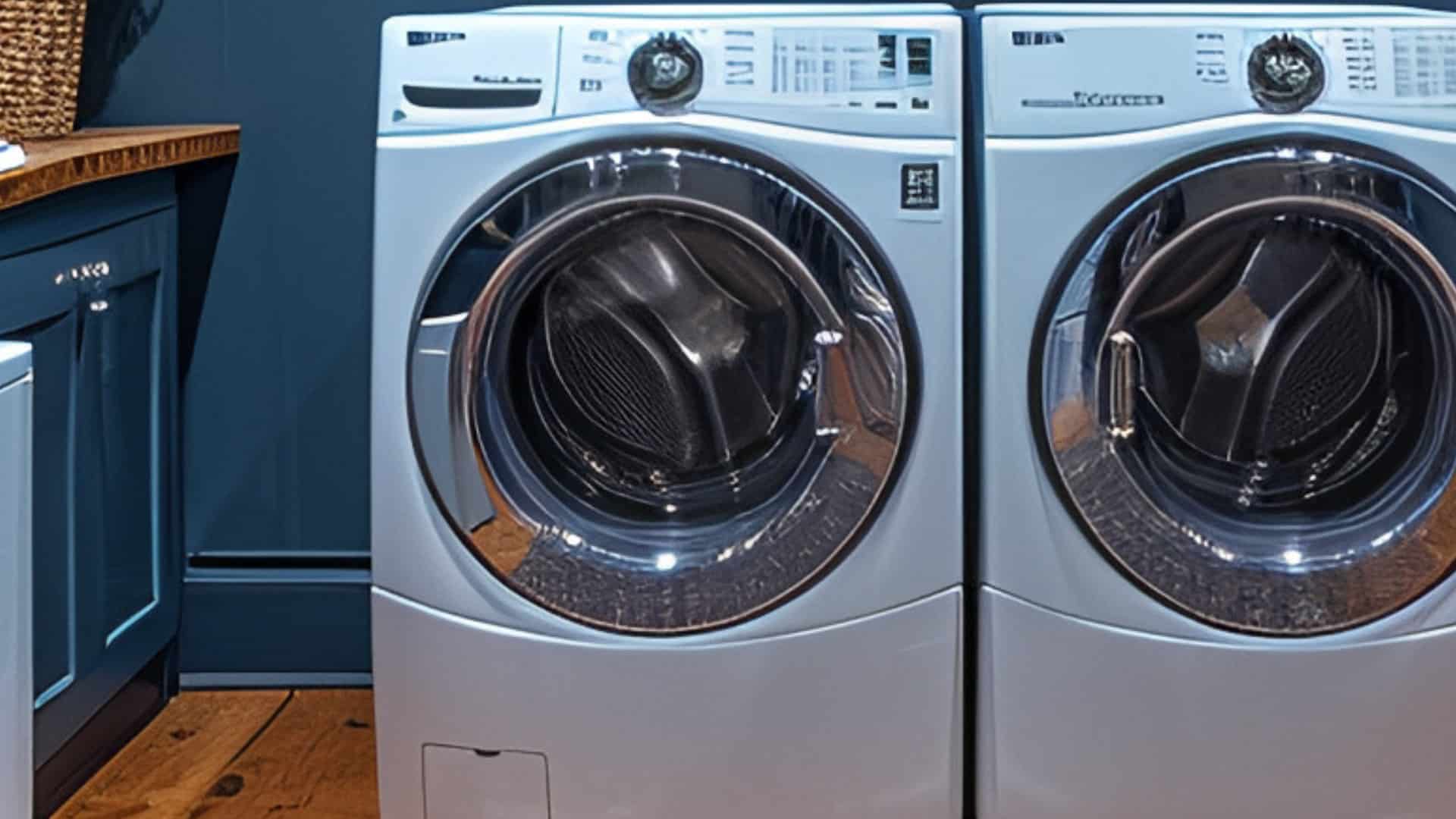
How to Fix the Electrolux Dryer Error Code E64
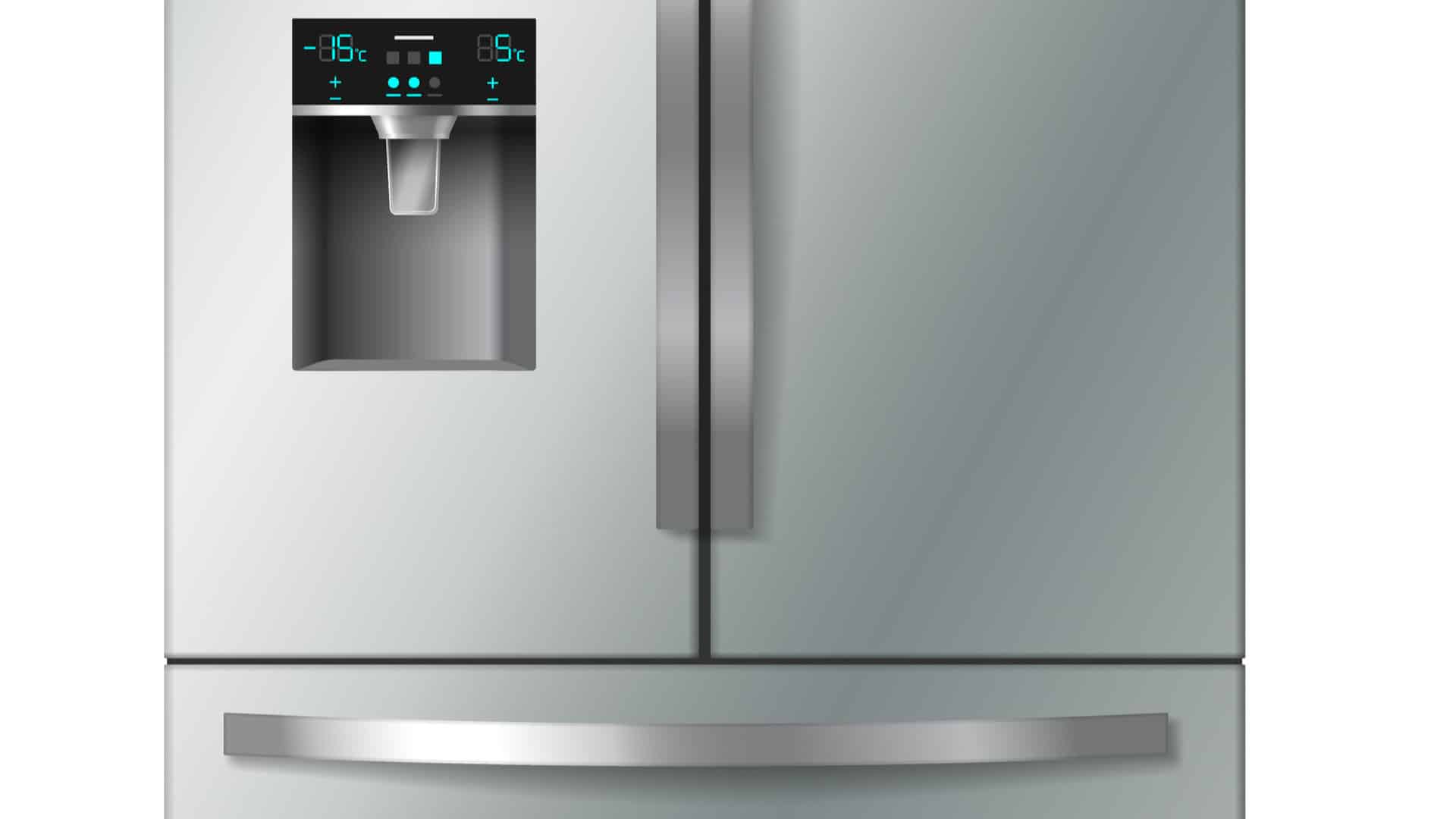
Is Your Whirlpool Ice Maker Not Working? Here’s Why
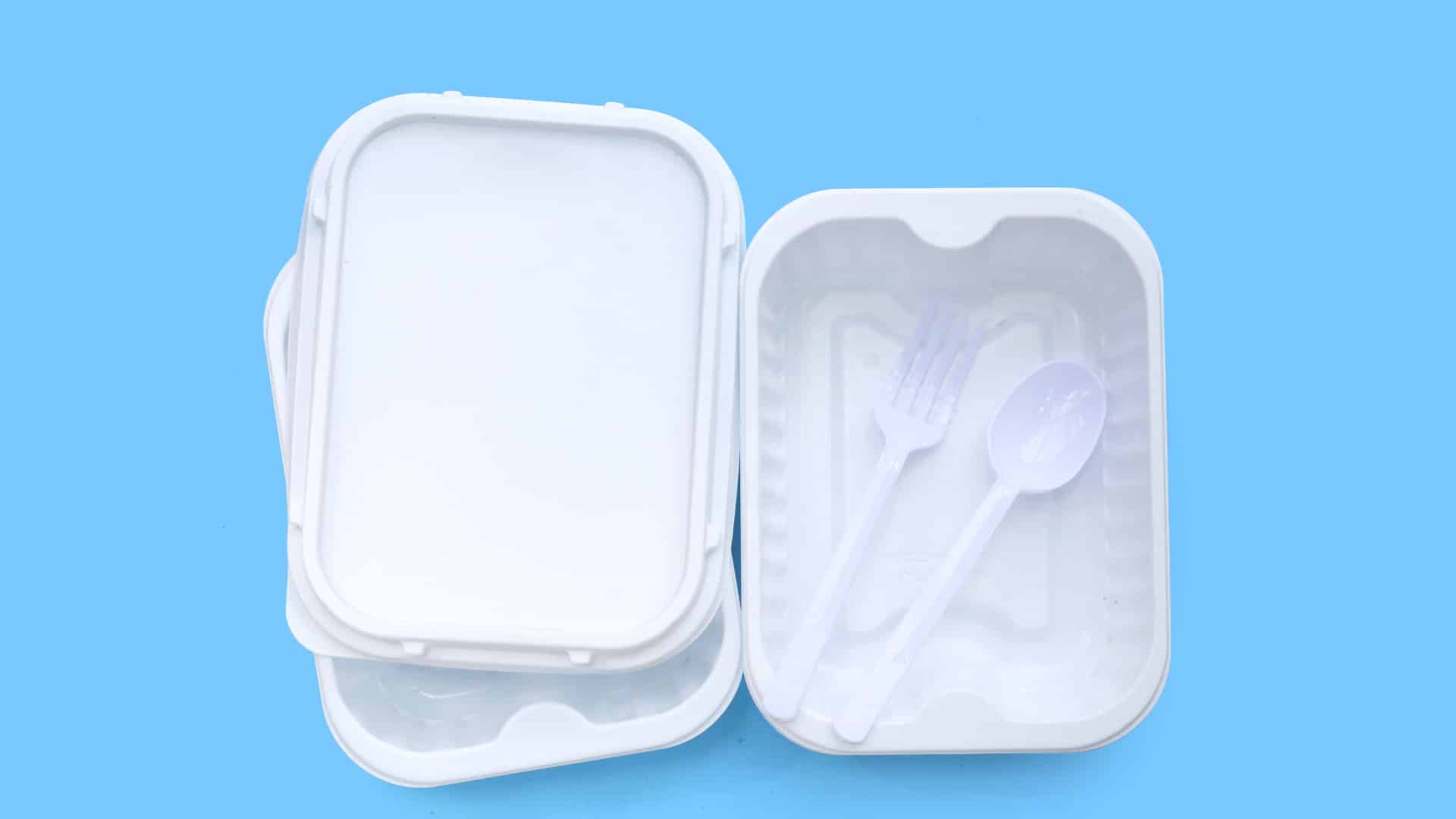
Can Styrofoam Be Microwaved? (Safety and Risks)
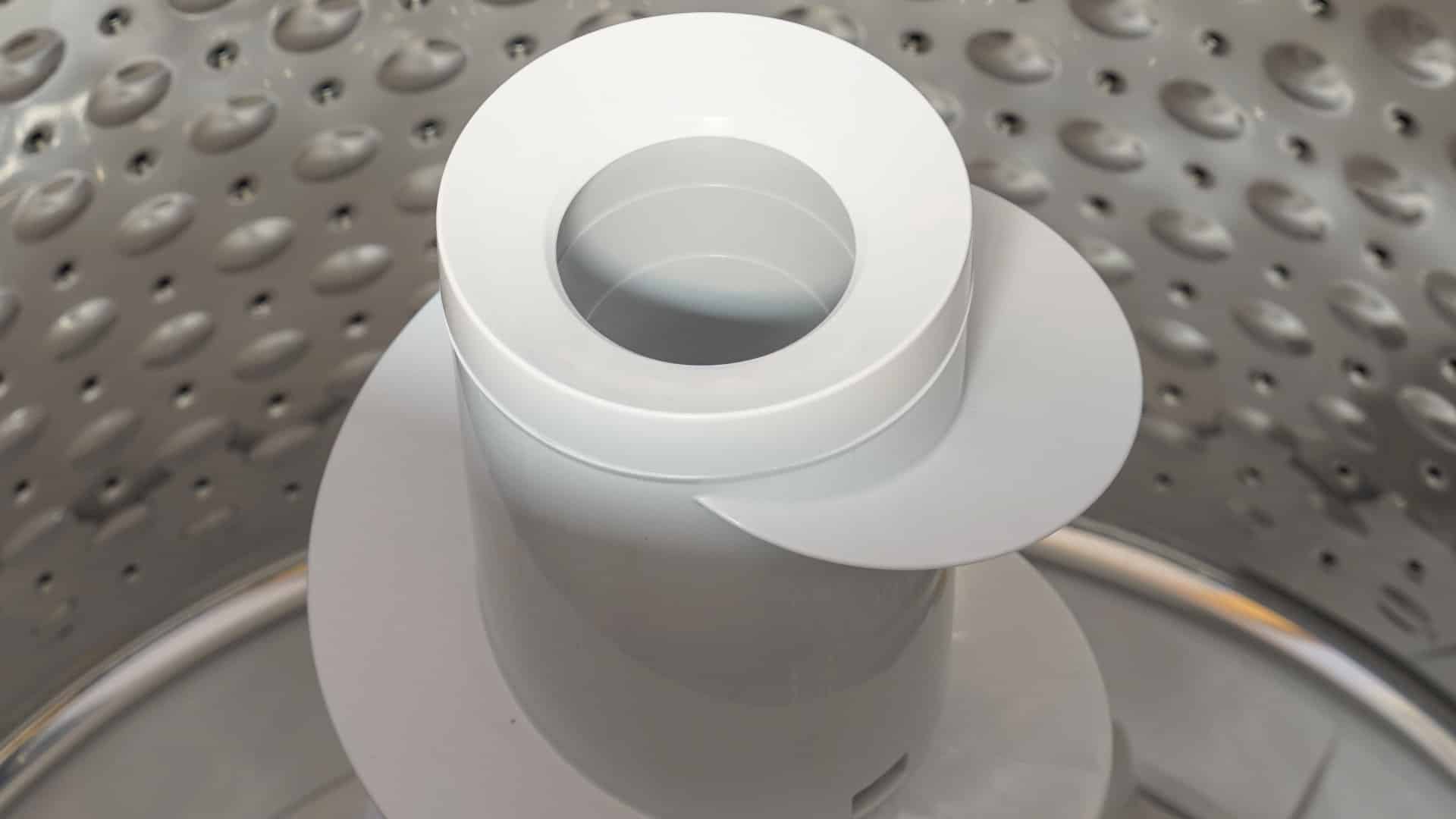
Agitator vs. No Agitator Washer: What’s Best?
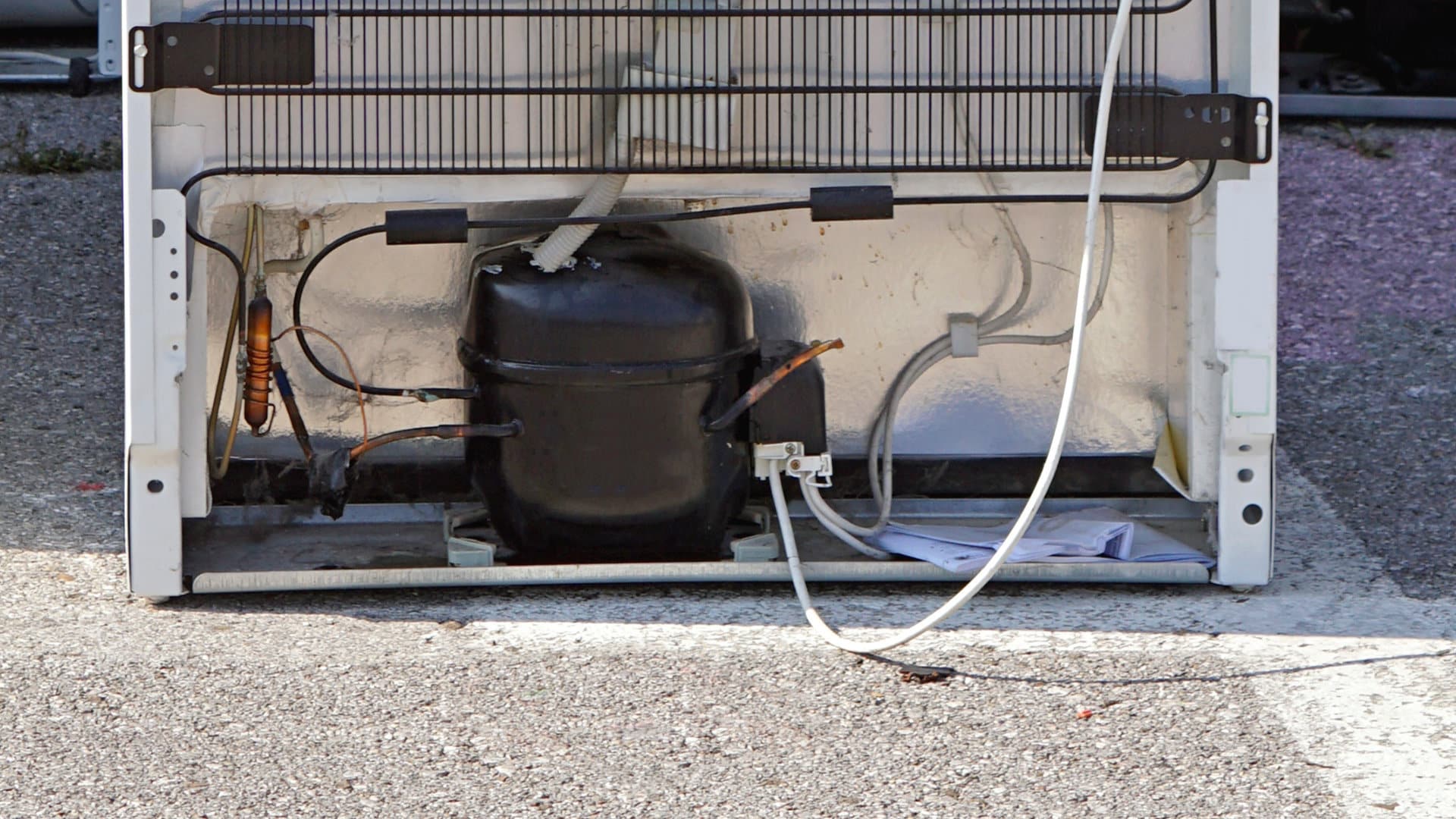
Why Is Your Refrigerator Compressor Hot? (6 Potential Causes)
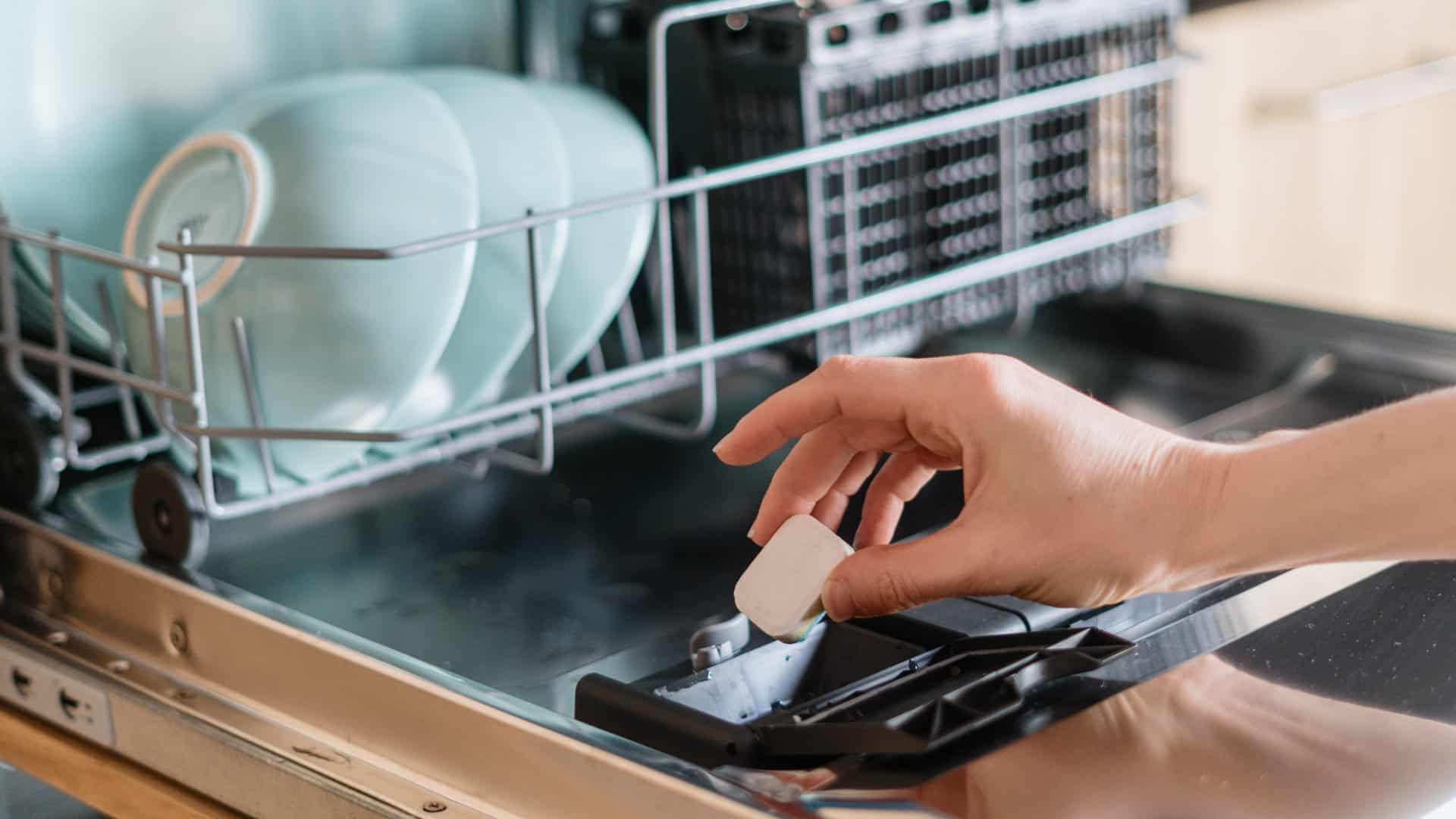
How to Use Dishwasher Pods
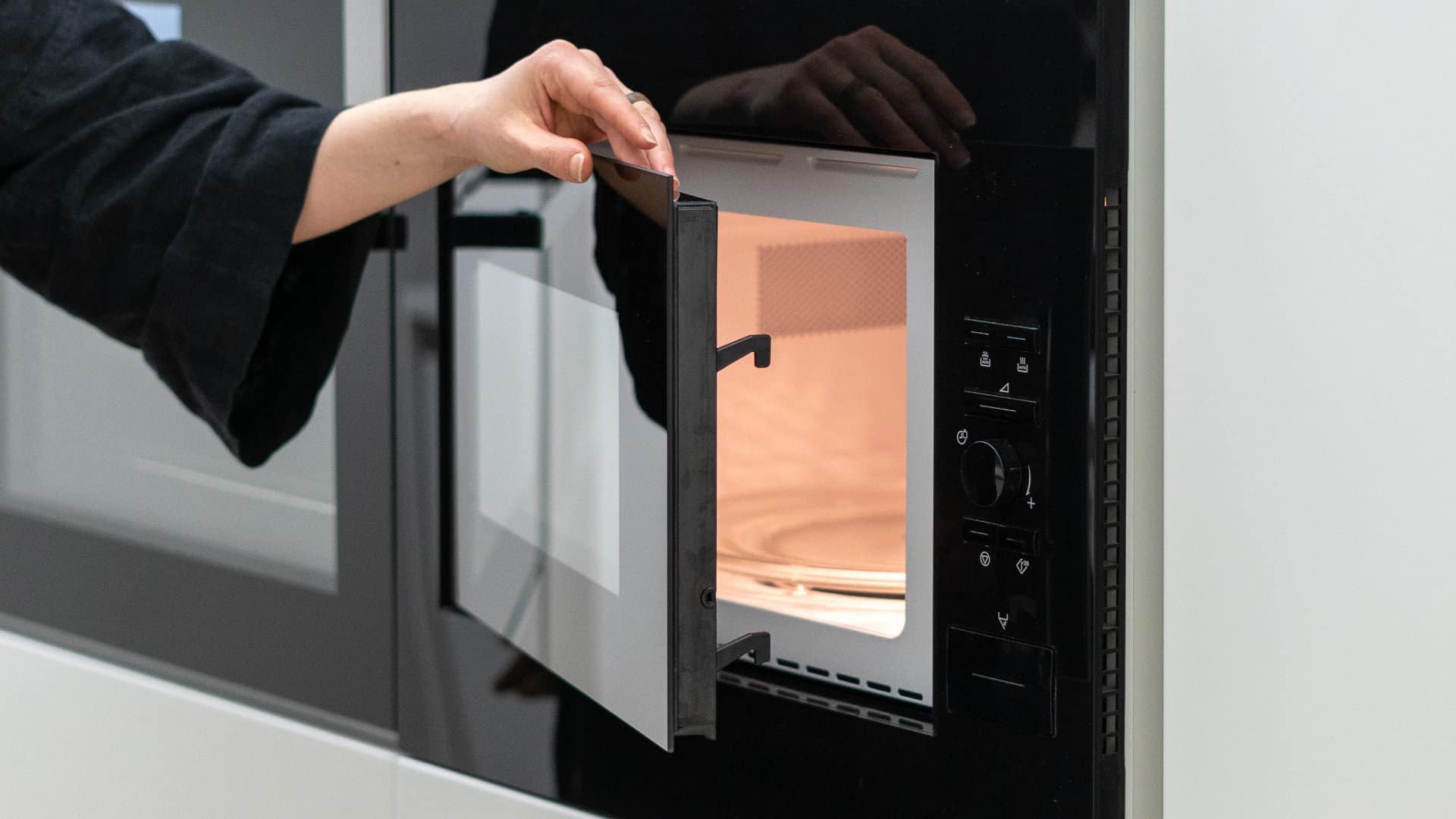
How to Unlock Your Microwave

How Many Watts Does a Refrigerator Use?
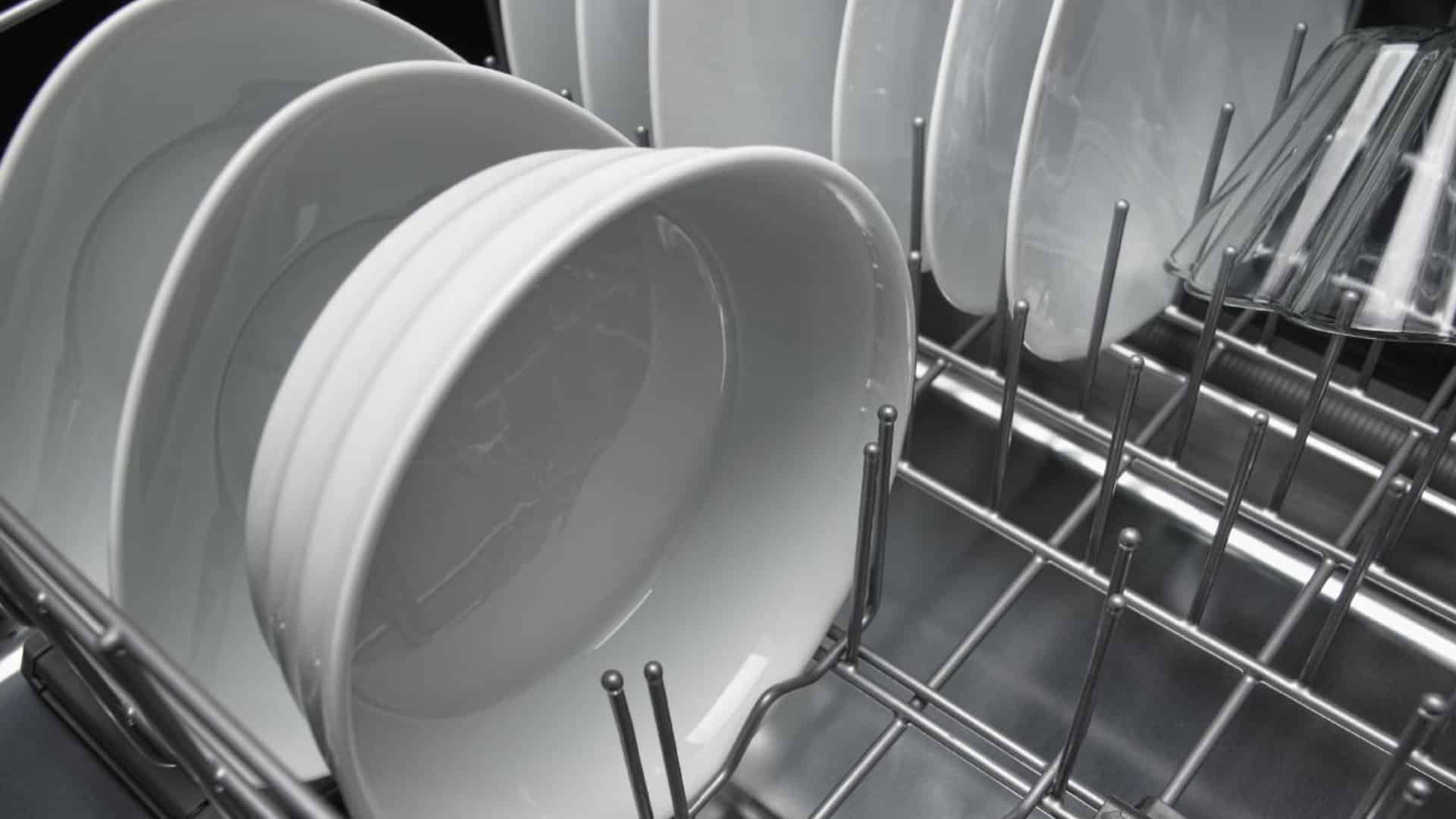
How To Fix a KitchenAid Dishwasher That Isn’t Draining
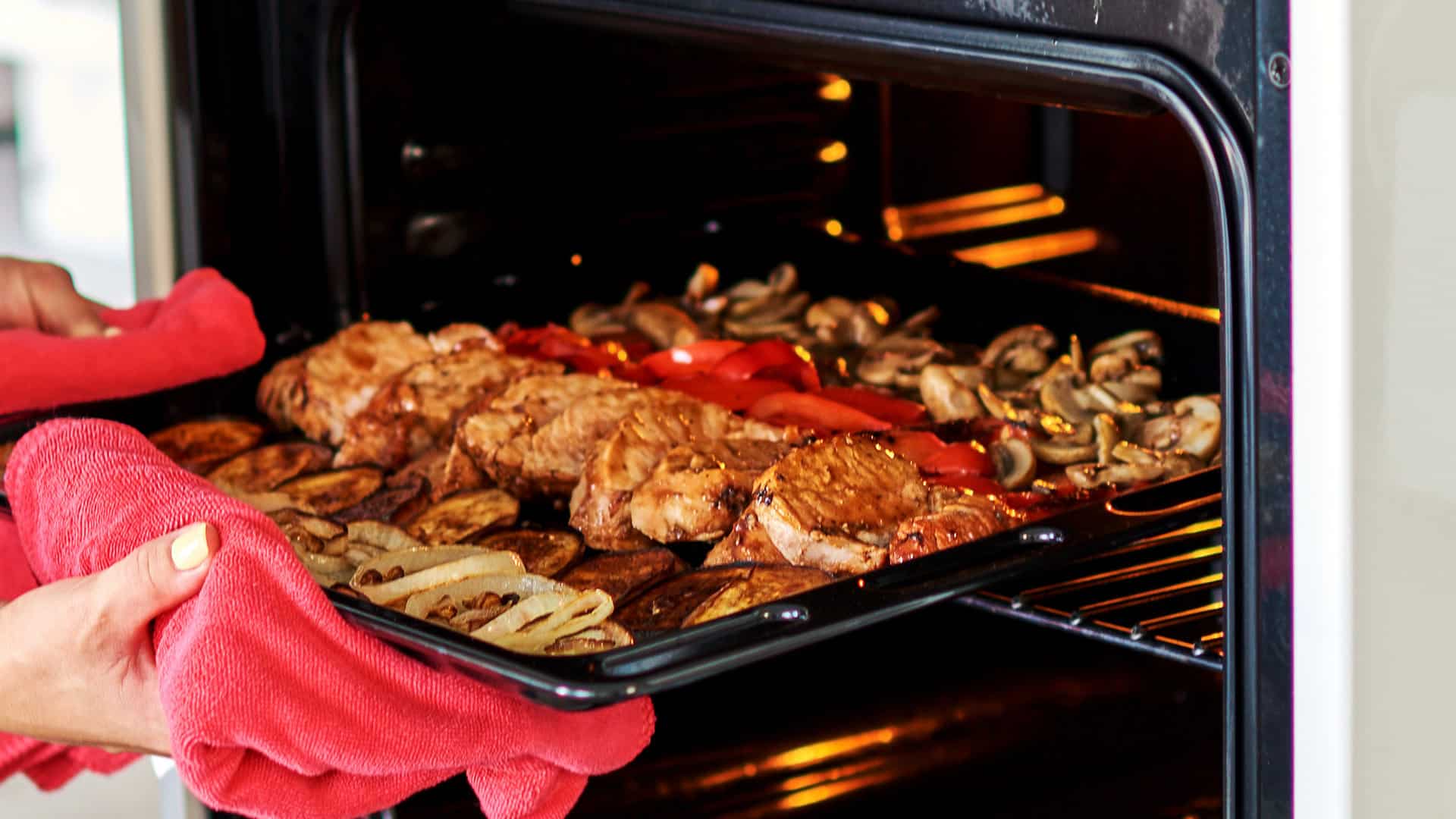
GE Oven F2 Error Code: Causes & Solutions
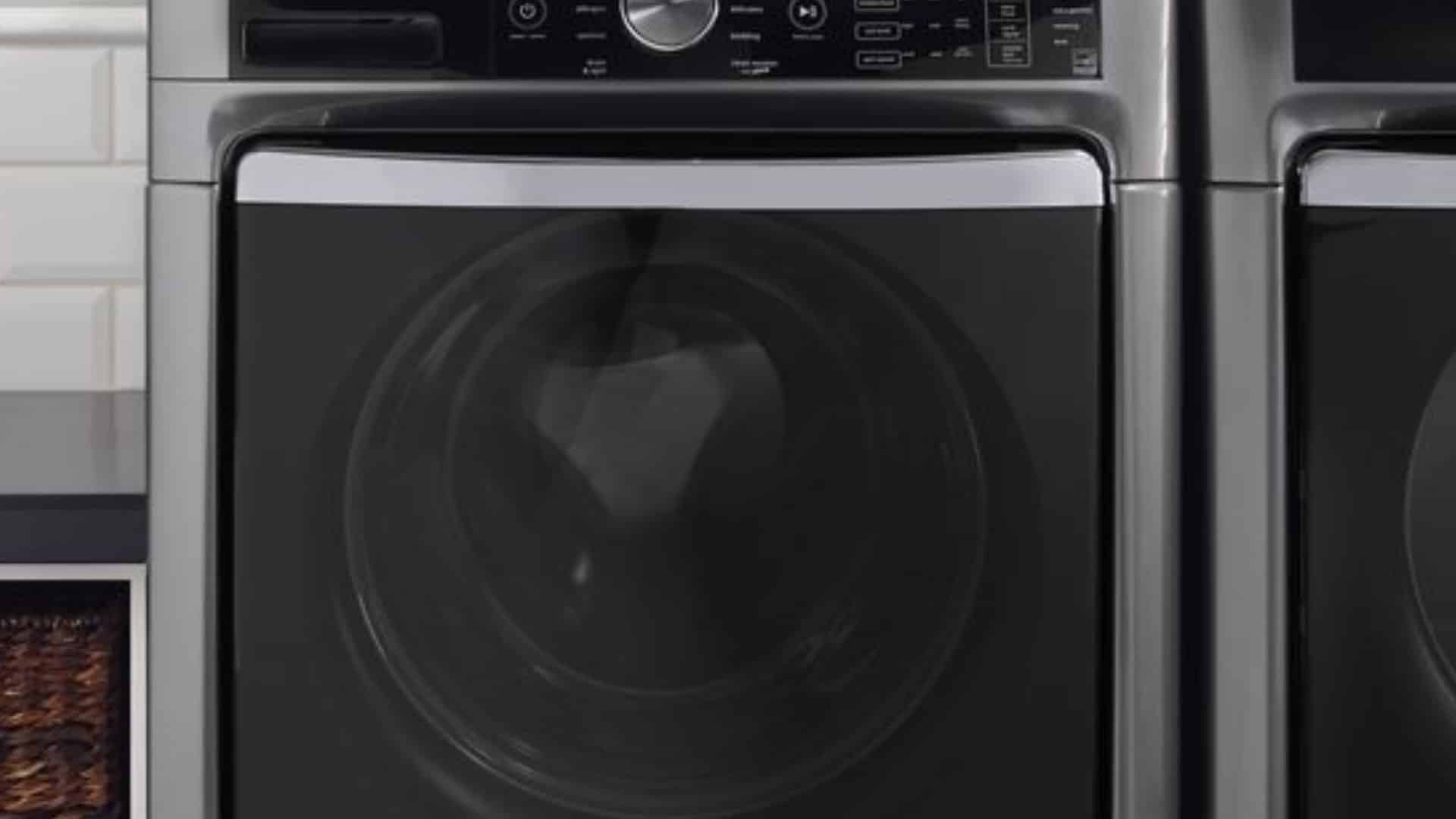
Maytag Washer Not Spinning? 5 Simple Solutions

Why Is Your Refrigerator Not Cooling?
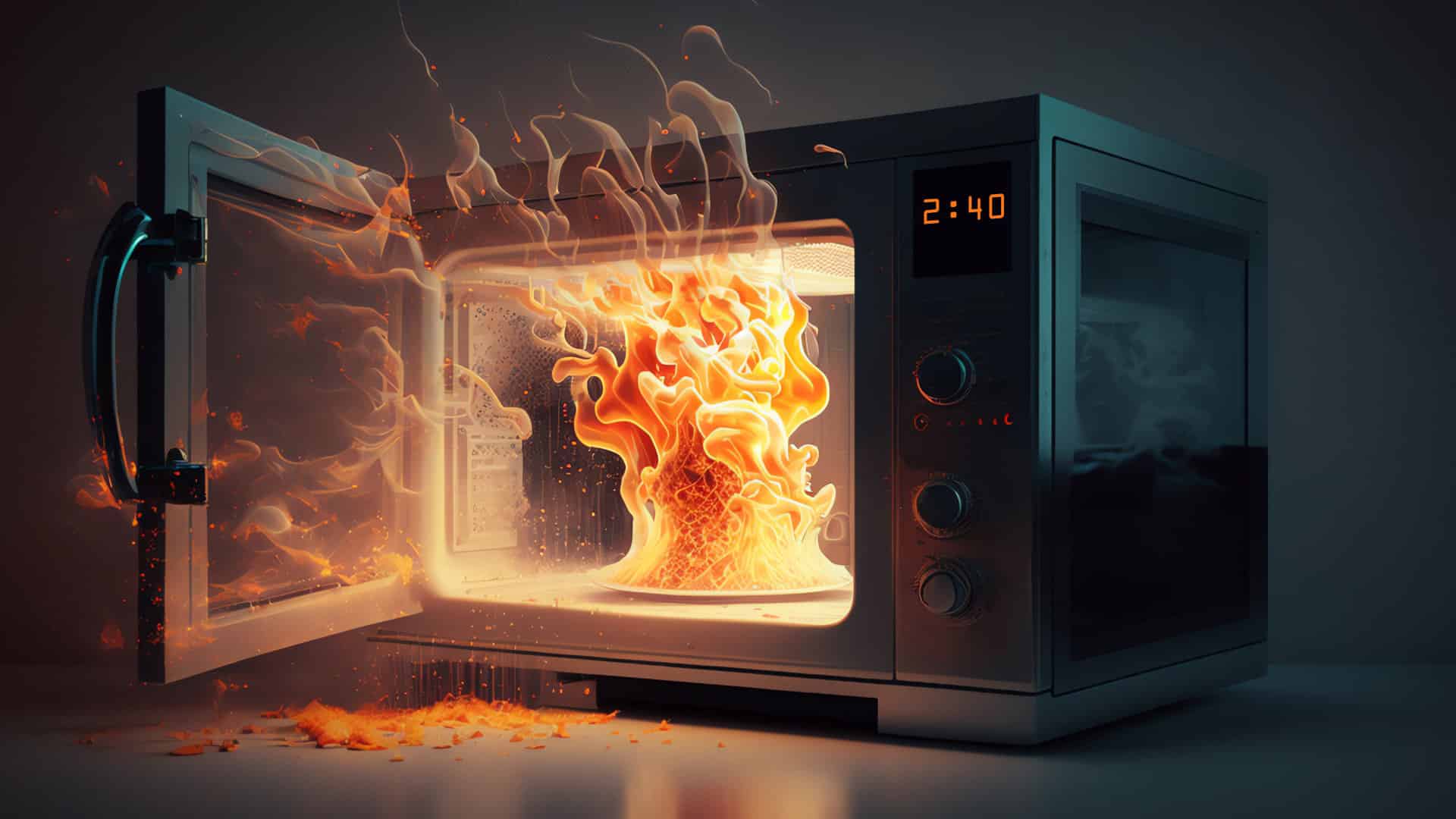
How to Get Rid of Burnt Smell in Microwave
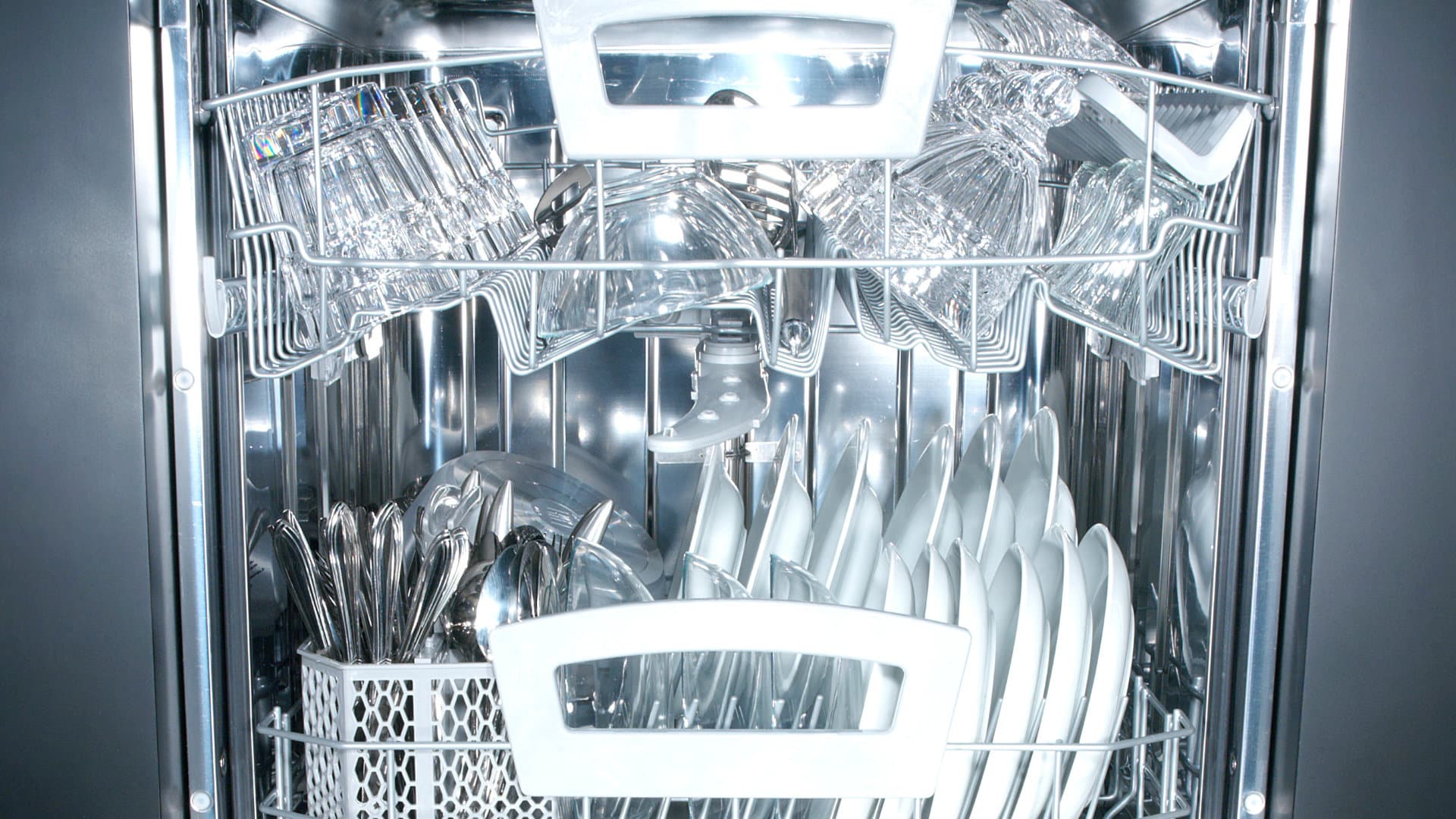
How to Fix a Dishwasher Not Cleaning Properly
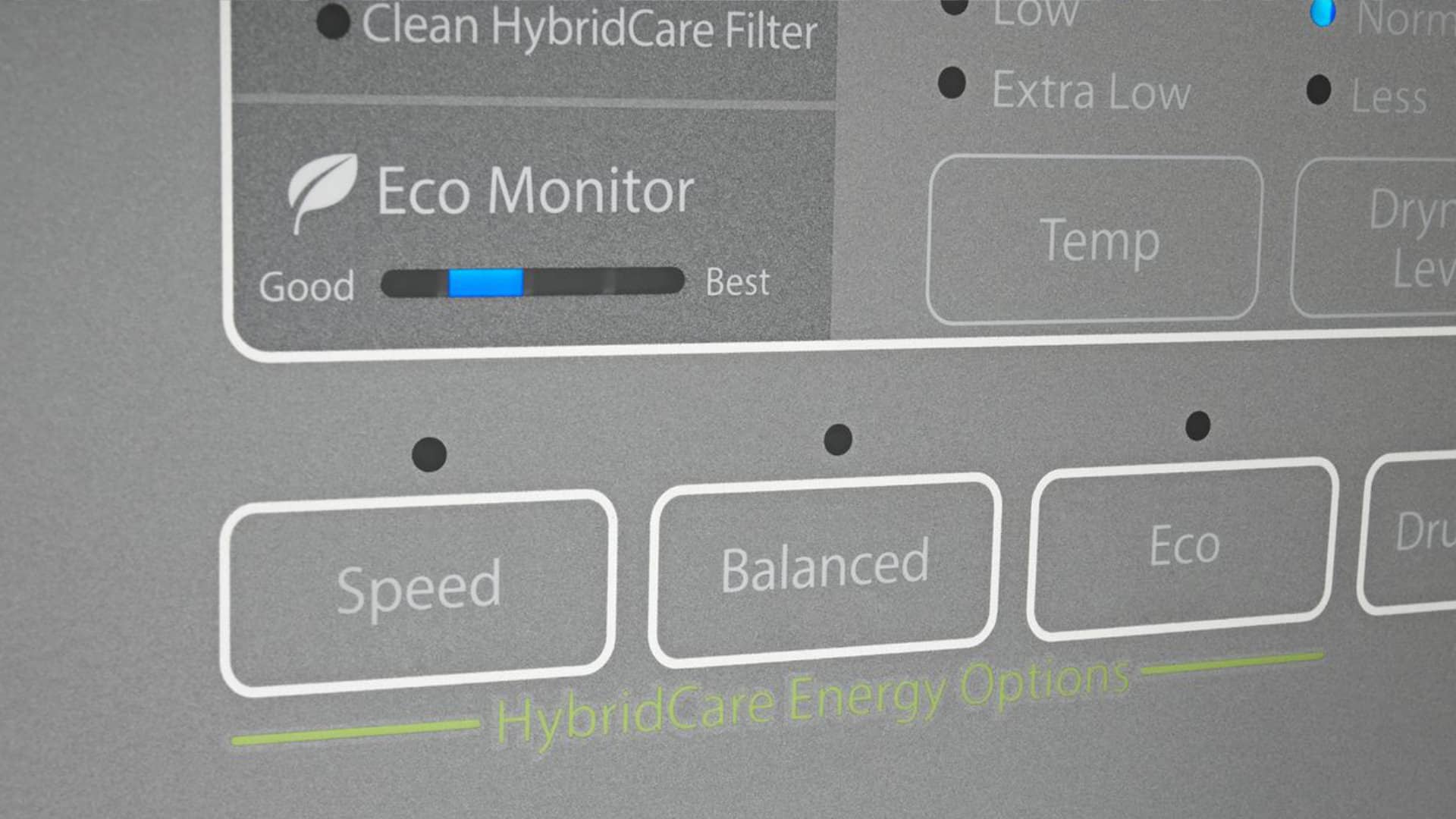
How Much Energy Does My Dryer Use?
